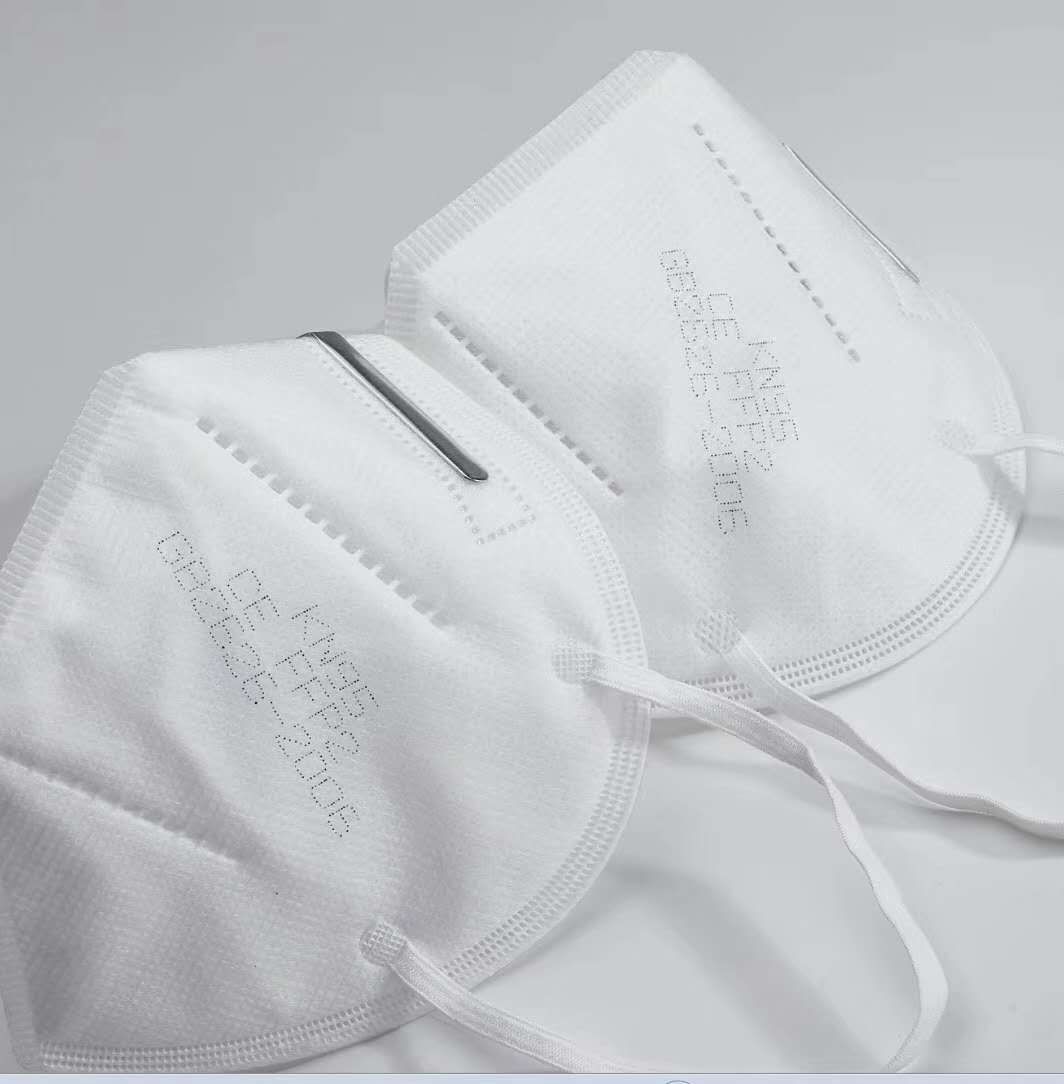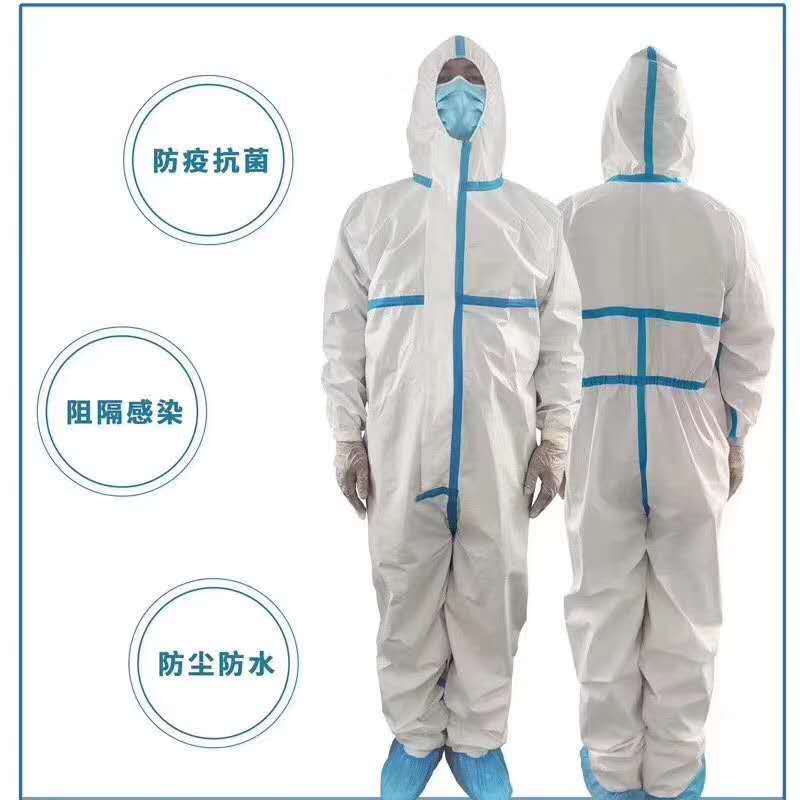How to get wild yellow seedlings?
1. Capture wild astragalus seedlings directly from the wild. From April to October each year, it can be caught in rice paddy fields and shallow water ditches with a cricket cage. Especially after a hot and thundery day, there is a maximum number of jaundice coming out of the house, and more during the evening than during the day. One person can bring 200 seedlings of Astragalus membranaceus at one time. At night or after a thunderstorm, it is put into the gutters of the field and can be caught in a few hours. When catching the jaundice with a cricket cage, pay attention to two points: First, use crickets as a bait. Take 2-3 times a night for each cage. Second, when the catch cage is in the water, be sure to use the cage tail. Slightly expose the surface of the water so that the yellow baboon can breathe air in the cage, otherwise it will suffocate or suffer from anoxia. At dawn, the cockroach cages will be retrieved, individual large yellow cockroach seedlings will be sold, and small ones will be kept as seedlings. The seedlings of Astragalus membranaceus caught by this method are healthy without injury and have a high survival rate. Another method is to turn on the lighting at night and look around the side of the trenches to find out the eels that are foraging and catch them with a catch clip or catch them by hand. When capturing, do not damage the body of the jaundice as much as possible. The caught yellow seedlings should be stocked immediately. 2. Purchasing wolfberry seed in the market; choose robust and innocent jaundice. You should purchase cages that have been in a water-changing holding state for catching the seedlings of Astragalus as breeding objects. Neither Astragalus nor Astragalus caught by pesticides can be stocked. Generally can be divided into three kinds of Astragalus: the first one, there are large spots on the body color yellow, this kind of fast-growing species; the second, the body color is green and yellow, this type of growth is common; third, body Color gray, fine spots, this seedlings are not growing fast. Seedlings should be kept separately. The weight gain multiples per kilogram of pods produced are: 1:5 to 6 for the first, 1:3 to 4 for the second, and 1:1 to 2 for the third. The species size is preferably 20 to 50 pigs per kilogram, the specification is too small, the survival rate is low, and it cannot be listed in the same year; the specification is too large, the multiple growth rate is low, the unit net output is not high, and the economic efficiency is low. However, this is not absolute, and what kind of specifications for stocking has to take into account market factors. If the prices of large-size commodities on the market around the Spring Festival are high, farmers may also consider properly stocking large-sized species. 3. Semi-artificial propagation of seedlings. Here I talk about two levels: (1) Simulate the natural spawning environment in the wild and allow it to reproduce naturally in aquaculture ponds. At the end of each year, from the artificially cultivated seedlings, select individuals with strong physique, tail weights of 100-200 g, body color and luster, and focus on wintering in pools rich in organic soils, until June-July. Natural spawning breeding. When the water temperature in the pool reaches 15°C or more, it is necessary to strengthen the feeding and feeding of these fish. During the breeding period, close attention should be paid to the eggs produced by the carp and the hatched seedlings. After the eggs are found, they can be taken out for hatching. The seedlings must also be removed in time to be stocked in different pools in order to prevent the carp from eating small carp. And eat each other. In the culturing tank, plankton can be bred with organic manure such as chicken manure, and the seedlings can be placed in the larvae to allow the larvae to grow by eating zooplankton. If zooplankton is insufficient, you can assist in feeding some cooked egg yolk. Once the young cubs begin to eat, they can gradually disperse their activities. (2) The fertilized eggs of Astragalus membranaceus were collected in the wild, and then hatched. At midsummer each year, some lakes and marshes in the lakeshore and rural areas can often see some foamy lumps floating on the surface of the water. This may be the hatching nest of the jaundice. When this phenomenon is discovered, it should be picked up promptly with a scoop or rice spoon, placed in a basin or bucket that has been filled with fresh water. Then, the quail eggs are carefully hatched in a quail egg incubator. The management during the incubation period is the same as the management during the artificial breeding hatchery that we talked about earlier. Introduce the collection method of wild astragalus seedlings. There are three methods. I will introduce them separately: 1. Capture wild astragalus seedlings directly from the wild. From April to October each year, it can be caught in rice paddy fields and shallow water ditches with a cricket cage. Especially after a hot and thundery day, there is a maximum number of jaundice coming out of the house, and more during the evening than during the day. One person can bring 200 seedlings of Astragalus membranaceus at one time. At night or after a thunderstorm, it is put into the gutters of the field and can be caught in a few hours. When catching the jaundice with a cricket cage, pay attention to two points: First, use crickets as a bait. Take 2-3 times a night for each cage. Second, when the catch cage is in the water, be sure to use the cage tail. Slightly expose the surface of the water so that the yellow baboon can breathe air in the cage, otherwise it will suffocate or suffer from anoxia. At dawn, the cockroach cages will be retrieved, individual large yellow cockroach seedlings will be sold, and small ones will be kept as seedlings. The seedlings of Astragalus membranaceus caught by this method are healthy without injury and have a high survival rate. Another method is to turn on the lighting at night and look around the side of the trenches to find out the eels that are foraging and catch them with a catch clip or catch them by hand. When capturing, do not damage the body of the jaundice as much as possible. The caught yellow seedlings should be stocked immediately. 2. Purchasing wolfberry seed in the market; choose robust and innocent jaundice. You should purchase cages that have been in a water-changing holding state for catching the seedlings of Astragalus as breeding objects. Neither Astragalus nor Astragalus caught by pesticides can be stocked. Generally can be divided into three kinds of Astragalus: the first one, there are large spots on the body color yellow, this kind of fast-growing species; the second, the body color is green and yellow, this type of growth is common; third, body Color gray, fine spots, this seedlings are not growing fast. Seedlings should be kept separately. The weight gain multiples per kilogram of pods produced are: 1:5 to 6 for the first, 1:3 to 4 for the second, and 1:1 to 2 for the third. The species size is preferably 20 to 50 pigs per kilogram, the specification is too small, the survival rate is low, and it cannot be listed in the same year; the specification is too large, the multiple growth rate is low, the unit net output is not high, and the economic efficiency is low. However, this is not absolute, and what kind of specifications for stocking has to take into account market factors. If the prices of large-size commodities on the market around the Spring Festival are high, farmers may also consider properly stocking large-sized species. 3. Semi-artificial propagation of seedlings. Here I talk about two levels: (1) Simulate the natural spawning environment in the wild and allow it to reproduce naturally in aquaculture ponds. At the end of each year, from the artificially cultivated seedlings, select individuals with strong physique, tail weights of 100-200 g, body color and luster, and focus on wintering in pools rich in organic soils, until June-July. Natural spawning breeding. When the water temperature in the pool reaches 15°C or more, it is necessary to strengthen the feeding and feeding of these fish. During the breeding period, close attention should be paid to the eggs produced by the carp and the hatched seedlings. After the eggs are found, they can be taken out for hatching. The seedlings must also be removed in time to be stocked in different pools in order to prevent the carp from eating small carp. And eat each other. In the culturing tank, plankton can be bred with organic manure such as chicken manure, and the seedlings can be placed in the larvae to allow the larvae to grow by eating zooplankton. If zooplankton is insufficient, you can assist in feeding some cooked egg yolk. Once the young cubs begin to eat, they can gradually disperse their activities. (2) The fertilized eggs of Astragalus membranaceus were collected in the wild, and then hatched. At midsummer each year, some lakes and marshes in the lakeshore and rural areas can often see some foamy lumps floating on the surface of the water. This may be the hatching nest of the jaundice. When this phenomenon is discovered, it should be picked up promptly with a scoop or rice spoon, placed in a basin or bucket that has been filled with fresh water. Then, the quail eggs are carefully hatched in a quail egg incubator. The management during the incubation period is the same as the management during the artificial breeding hatchery that we talked about earlier.
In 2019, the New Coronary Pneumonia virus raged all over the world. Our company produced many anti-epidemic materials, including nucleic acid detection reagents, Antibody Detection Reagents, colloidal gold, disposable civilian masks, KN95 masks, gloves, surgical clothes, ventilator, N95 medical masks, Sexual medical masks, frontal temperature guns, face masks, KN95 masks with breathing valves, disposable medical surgical masks, etc., protective clothing, isolation clothing, nucleic acid detection reagents, exported all over the world, help people around the world resist the epidemic, hope to overcome the epidemic as soon as possible Back to normal.
In 2019, the New Coronary Pneumonia virus raged all over the world. Our company produced many anti-epidemic materials, including nucleic acid detection reagents, antibody detection reagents, colloidal gold, disposable civilian masks, KN95 masks, gloves, surgical clothes, ventilator, N95 medical masks, Sexual medical masks, frontal temperature guns, face masks, KN95 masks with breathing valves, disposable medical surgical masks, etc., protective clothing, isolation clothing, nucleic acid detection reagents, exported all over the world, help people around the world resist the epidemic, hope to overcome the epidemic as soon as possible Back to normal.
Disposable medical protective clothing
Frontal temperature guns
Disposable nitrile gloves
Disposable Protective Mask Medical Kn95 Mask,Disposable Medical Gowns,Disposable Protective Clothing,Infrared Forehead Thermometer Guangzhou Zhongzhinan Supply Chain Co.,Ltd. , https://www.gzzhongzhinan.com

